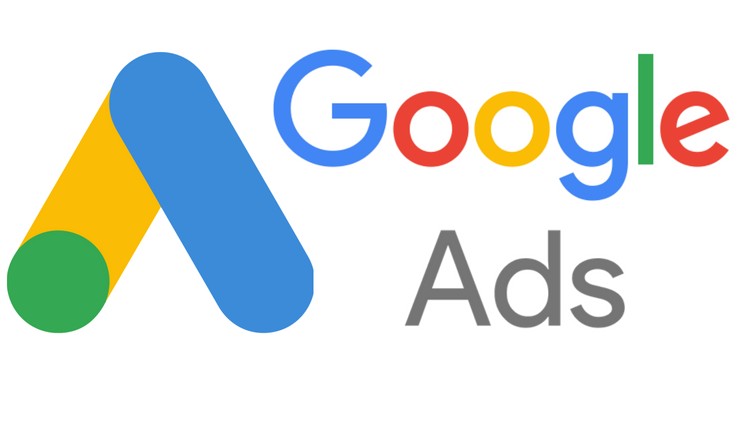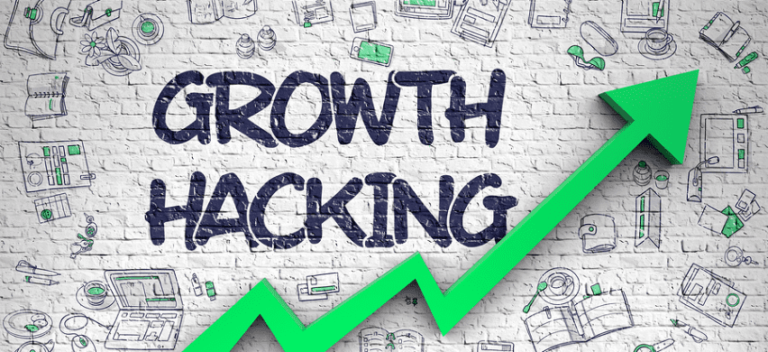How to Build a High-ROI Google Ads Campaign in 2025
Creating Google Ads campaigns that deliver exceptional return on investment has become increasingly challenging as competition intensifies and the platform grows more sophisticated. This comprehensive guide will show you how to build high-performance campaigns that maximize your advertising budget in 2025’s digital landscape.
The Evolved Google Ads Platform in 2025
Google Ads has undergone significant transformation, with several key developments reshaping campaign strategy:
- AI-driven campaign types now dominate the platform
- Advanced audience signals replace traditional targeting
- Performance Max has evolved into more specialized campaign types
- Privacy-centric measurement has replaced cookie-based tracking
- Cross-channel integration is now seamlessly built in
Let’s explore how to leverage these changes to create campaigns that generate substantial ROI.
Step 1: Establish Clear Campaign Objectives
Before creating any campaign, define precisely what success looks like:
Conversion-Focused Campaign Goals
- Primary conversion action (purchase, lead, sign-up)
- Target cost-per-acquisition (CPA)
- Expected return on ad spend (ROAS)
- Conversion volume targets
Advanced Campaign Considerations
- Attribution window appropriate for your sales cycle
- Micro-conversions that indicate buyer intent
- Customer lifetime value (CLV) expectations
- Brand impact measurement methodology
The most successful campaigns align these objectives with broader business goals. For example, if your average customer stays with you for 3+ years, you might accept a higher initial CPA knowing the long-term value justifies the acquisition cost.
Step 2: Perform Comprehensive Research
Keyword Research Evolution
Traditional keyword research has evolved into intent mapping:
- Intent cluster identification
- Group keywords by buyer intent stage
- Analyze SERP features for each cluster
- Identify high-commercial intent patterns
- Competitive intelligence
- Analyze competitor ad copy and offers
- Identify competitive gaps and opportunities
- Benchmark industry CPCs and conversion rates
- Opportunity sizing
- Estimate traffic potential across intent stages
- Calculate potential conversion volume
- Project initial ROAS expectations
Customer Research
- Audience signal mapping
- First-party data analysis
- Customer survey insights
- Website behavior patterns
- Purchase frequency analysis
- Create detailed personas with:
- Problem awareness stages
- Decision criteria hierarchy
- Objection patterns
- Value proposition resonance
Step 3: Build a Strategic Campaign Architecture
The most effective Google Ads accounts in 2025 use a sophisticated campaign architecture that balances automation with strategic control:
Foundation: Campaign Structure
Core Campaign Types:
- Brand Defense
- Protect branded searches
- Capture bottom-funnel conversions
- Control messaging for existing demand
- Performance Max Evolution
- Product-focused conversions
- Cross-channel asset deployment
- First-party audience optimization
- Search Intent Campaigns
- High-commercial intent keywords
- Problem-aware search terms
- Competitor comparison queries
- Discovery Expansion
- Lookalike audience targeting
- Content-aligned placements
- Interest-based expansion
Implementation Strategy:
- Allocate 60-70% of budget to proven conversion drivers
- Dedicate 20-30% to testing new opportunities
- Reserve 10% for brand innovation campaigns
Step 4: Craft Compelling Ad Assets
Google’s AI now combines various assets to create the optimal ad for each user, but the quality of your inputs determines success:
Text Components
Create multiple variations of:
- Headlines (10-15 variations)
- Problem-focused (“Struggling with Low Conversion Rates?”)
- Solution-focused (“Boost Conversion Rates by 27%”)
- Social proof (“Join 10,000+ Marketing Teams Using…”)
- Urgency/scarcity (“Limited Time: Analytics Package Included”)
- Descriptions (5-7 variations)
- Feature-benefit pairings
- Objection handling
- Credibility statements
- Call-to-action variations
Visual Assets
For Performance Max and Discovery campaigns:
- Images (10-15 options)
- Product in use
- Results/outcomes
- Before/after scenarios
- Customer testimonial visuals
- Videos (3-5 options)
- Problem-solution narratives (15-30 seconds)
- Product demonstrations (30-60 seconds)
- Testimonial compilations
- How-to content related to your solution
Landing Page Alignment
- Create dedicated landing pages for major campaign themes
- Ensure message match between ads and landing pages
- Optimize for Core Web Vitals to maximize Quality Score
- Implement clear, friction-free conversion paths
Step 5: Implement Advanced Bidding Strategies
Google’s bidding algorithms have become increasingly sophisticated, but they require the right configuration:
Bidding Strategy Selection
| Campaign Type | Recommended Bidding Strategy | When to Use |
|---|---|---|
| Brand Defense | Target Impression Share (90%+) | When protecting brand terms |
| High-Intent Search | Target ROAS | When you have 30+ conversions per month |
| Discovery/Expansion | Maximize Conversions | When exploring new audiences |
| Performance Max | Target ROAS | When you have established conversion history |
Bidding Strategy Implementation Tips
- Set realistic initial targets
- Begin with achievable ROAS/CPA goals
- Allow 2-3 weeks for algorithm learning
- Gradually increase performance targets
- Use portfolio bidding for related campaigns
- Balance performance across campaign types
- Automatically allocate budget to top performers
- Maintain consistent overall ROAS
- Implement seasonal adjustments
- Adjust bids during peak conversion periods
- Reduce targets during known slow periods
- Create separate strategies for major promotions
Step 6: Leverage Advanced Audience Signals
In 2025’s privacy-focused landscape, first-party data has become your most valuable targeting asset:
First-Party Data Activation
- Customer list segmentation
- Segment by purchase value
- Segment by product category
- Segment by purchase frequency
- Segment by engagement level
- Website visitor remarketing
- Cart abandoners (0-3 days)
- Product viewers (0-7 days)
- Blog readers (0-14 days)
- Service page visitors (0-30 days)
- App user targeting
- Active users for cross-selling
- Lapsed users for re-engagement
- High-value users for loyalty campaigns
Advanced Audience Techniques
- Intent-based combinations
- Combine in-market segments with affinity categories
- Layer demographic filters on behavior signals
- Use sequential targeting based on engagement path
- Similar audience expansion
- Create similar segments based on converters
- Exclude existing customers
- Apply conversion-based bidding
Step 7: Implement Rigorous Testing Framework
Continuous testing is essential for maintaining competitive advantage:
Structured Testing Approach
- Ad component testing
- Headline effectiveness
- Description performance
- Call-to-action variations
- Asset combination analysis
- Landing page testing
- Page layout variations
- Form design optimization
- Social proof placement
- Value proposition framing
- Audience testing
- Expansion audience performance
- Exclusion effectiveness
- Bid adjustment impact
Testing Implementation
- Run tests for statistical significance (minimum 100 conversions)
- Test one variable at a time where possible
- Document all test results in a central repository
- Apply learnings across campaigns and channels
Step 8: Monitor, Analyze and Optimize
High-ROI campaigns require continuous optimization:
Key Performance Monitoring
Daily checks:
- Significant performance changes (±20%)
- Budget pacing and allocation
- Conversion tracking functionality
Weekly analysis:
- Campaign performance trends
- Audience segment performance
- Asset performance data
- Quality Score changes
Monthly deep dives:
- ROAS/CPA trend analysis
- Competitor positioning changes
- Search term expansion opportunities
- Budget reallocation planning
Optimization Actions
- Poor performance remediation
- Pause underperforming assets
- Adjust bids for low-ROAS segments
- Refine audience targeting
- Test new landing page variations
- Success amplification
- Increase budget for high-ROAS campaigns
- Expand successful audience segments
- Create variations of top-performing assets
- Apply winning elements to other campaigns
Case Study: Agency Success Story
A SaaS company implementing this framework achieved remarkable results:
- Starting point: $50,000/month spending with 150% ROAS
- After implementation: $75,000/month spending with 320% ROAS
- Key success factors:
- Restructured campaigns around solution-specific intent
- Implemented customer journey-based bidding strategy
- Created segment-specific landing experiences
- Deployed comprehensive asset testing program
Conclusion: Building Your High-ROI Foundation
Creating high-ROI Google Ads campaigns in 2025 requires balancing strategic thinking with algorithmic optimization. By establishing clear objectives, implementing a thoughtful campaign structure, leveraging first-party data, and committing to continuous testing and optimization, you can achieve exceptional returns from your Google Ads investment.
The most successful advertisers approach Google Ads as an ongoing process of refinement rather than a set-it-and-forget-it solution. Each campaign becomes a learning opportunity that informs future strategy and continuously improves performance over time.
What Google Ads strategies have delivered the best ROI for your business? Share your experiences in the comments below!




